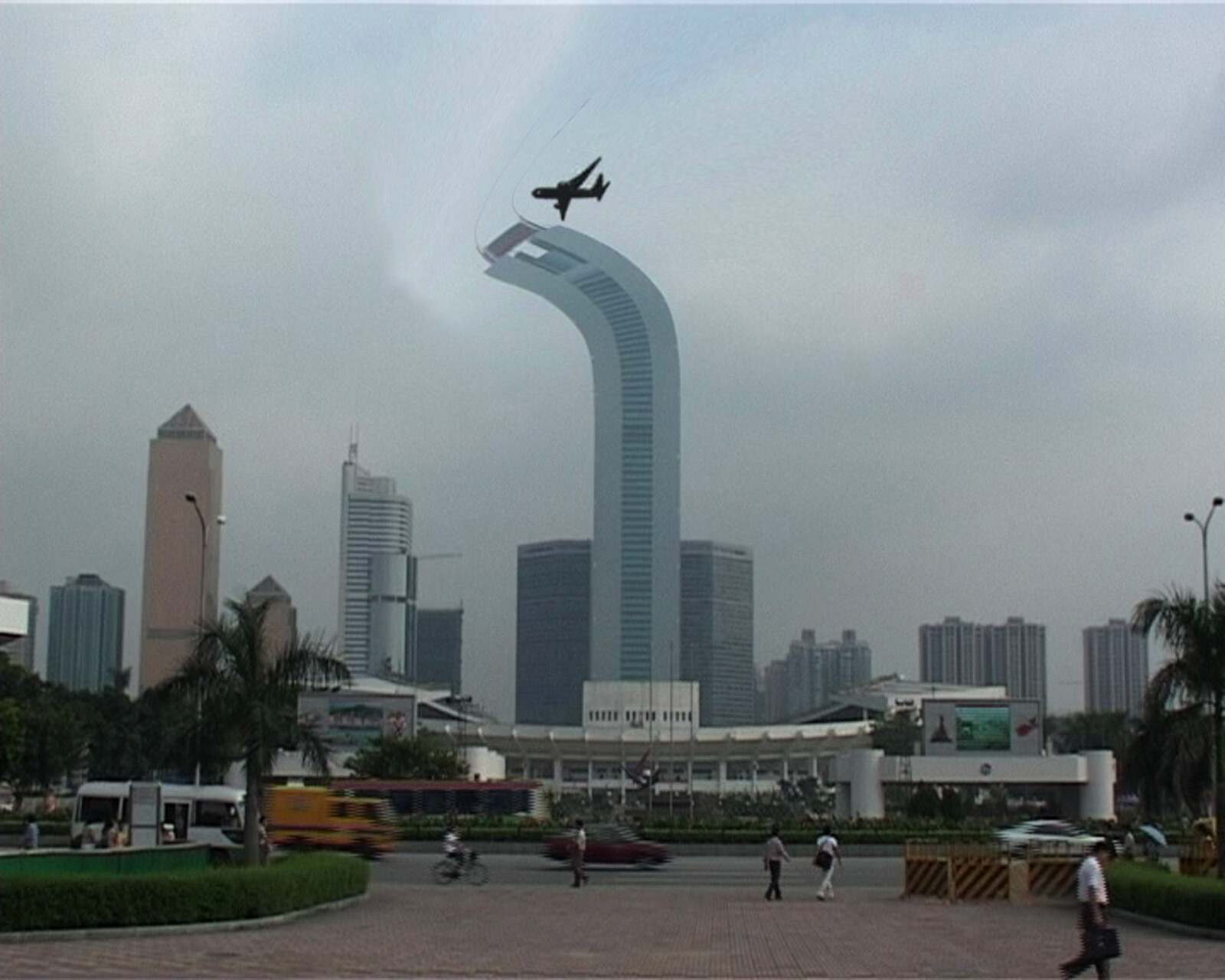A symposium on the trajectory of urbanisation in the Pearl River Delta
September 7, 2017, 6:30–8:10pm
Miller Theater, Asia Society
M+, Hong Kong’s new museum of visual culture in the West Kowloon Cultural District announces the symposium Between Past and Future: Art of the Pearl River Delta. Organised as part of the on-going M+ Matters series of public talks and discussions exploring critical issues with key players in visual art, design and architecture, and moving image to inform the museum’s curatorial framework, the symposium is held in conjunction with the restaging of Canton Express at the M+ Pavilion (June 23 to September 10, 2017).
The original Canton Express exhibition, part of the historic exhibition Zone of Urgency curated by Hou Hanru in the Arsenale section of the 50th Venice Biennale in 2003, was considered a major showcase of works by 14 artists and non-profit cultural institutions active in the Pearl River Delta. Comprising works of sculpture, webcasting, photography, experimental film, and installation, it highlighted the dynamic and unique conceptual art practices inspired by the extraordinary conditions of everyday life in the region, at a time when the Pearl River Delta was experiencing an unprecedented period of rapid urbanisation. The 2017 iteration at the M+ Pavilion demonstrates the extensive research and conservation efforts behind the restaging and the museum’s commitment to preserving contemporary artwork produced for a specific condition. It also unfolds the fascinating stories of the communities and support behind the original exhibition.
Taking Canton Express as a departure point, the M+ Matters symposium Between Past and Future: Art of the Pearl River Delta examines the trajectory of urbanisation in the Pearl River Delta since socialist China was opened up for economic reform in the late 1970s, looking at how the phenomenon has shaped the development of art and culture in the region and the relevance of the Pearl River Delta for today’s socio-political context. The symposium includes keynote presentations by Hou Hanru (Artistic Director, MAXXI) and Chan Koonchung (Writer), as well as a panel discussion with Cao Fei (Artist), Chen Tong (Founder, Libreria Borges), Feng Yuan (Professor, Sun Yat-sen University) and Sara Wong (Artist).
Since the 1970s, the Pearl River Delta has undergone rapid transformation. Today, with a population of 66 million, it is the largest city region in the world. As the birthplace of a new economic model, the region has given rise to new everyday urban experiences that have stimulated an unorthodox cultural ecology, and art practices that diverge from the mainstream of Chinese art. The distinctive urban phenomena have also attracted the attention of forward-looking art and architectural practitioners. Between 1996 and 1997, Rem Koolhaas/OMA, in collaboration with Harvard Graduate School of Design, conducted a field investigation on the modernisation of the Pearl River Delta from a cluster of five cities into a megalopolis. The investigation resulted in the publication Great Leap Forward: Harvard Design School Project on the City (2002), a comprehensive and insightful study of the region as a model, and hotbed, for architects and urban planners to experiment with and theorise on new urban models at the turn of the century. Around the same time, Hou Hanru and Hans Ulrich Obrist included the art of the Pearl River Delta in the seminal project Cities on the Move (1997–2000); and later Hou curated Canton Express at the 2003 Venice Biennale. These projects signified the pivotal role that the region played in the early 2000s in reorienting Chinese art to conceptualism as a way to react to globalisation and urbanisation.
Last year, the world witnessed Brexit in the United Kingdom and Trumpism in the United States, incidents that indicate a surge in advocacy for conservatism and localism as political values contending the liberalism that globalisation embraces. At the same time, urbanisation has given rise to various dilemmas, ranging from identity politics to ecological issues. The optimism that surrounded globalisation and urbanisation just 20 years ago is now challenged by growing skepticism. The completion of the Hong Kong-Zhuhai-Macau bridge and the Hong Kong section of the Guangzhou-Shenzhen-Hong Kong Express Rail Link will advance the Pearl River Delta region into the Greater Bay Area, a strategic urban cluster that will inevitably engender smarter economic cooperation and infrastructural development. For this reason there is an urgent need to reevaluate the significance of the Pearl River Delta in the current global and regional contexts. Between Past and Future: Art of the Pearl River Delta will survey the circumstances and evolution of curatorial strategies and art research in the region from the late 1990s to the present. The Pearl River Delta is a city region encompassing Hong Kong, Macau, and nine Guangdong cities, each with its own individual cultural history. It is also a global facing region. By examining the interconnections between art, architecture and literature, M+ Matters will unpack the Pearl River Delta, not just as a geographical and economic entity but as a concept that celebrates individuality and diversity in today’s cultural topography, probing the proposition of the region as a changing concept, an evolving model in dialogue with global reality in the 21st century.


